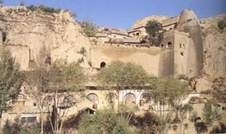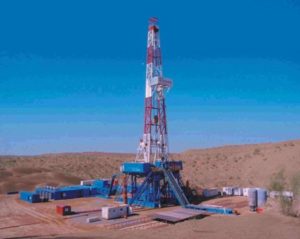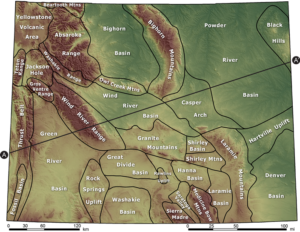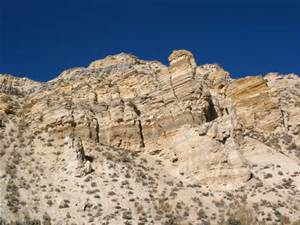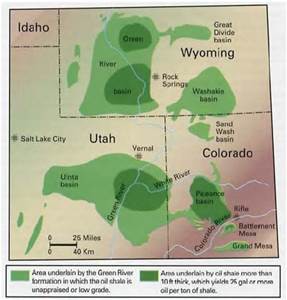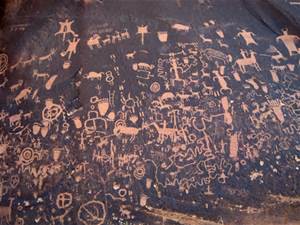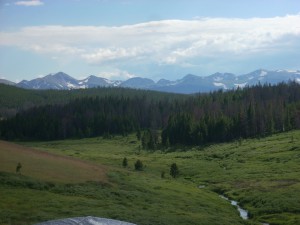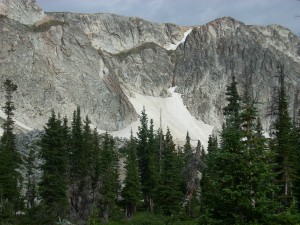Eolian Deposition
While studying a geography unit in grade school I was fascinated by the extensive deposits of loess in China. Loess is fine wind-deposited soil. In China, the loess covers a huge area in central China and is an important agricultural region. The soil is fertile, easy to work, and when it erodes it can form steep cliffs. People have carved homes into the cliffs for centuries, long enough to be included in geography books in western Colorado. I lived in western Colorado cliff country, probably responsible for my interest in loess.
Loess is eolian soil, meaning it is wind deposited. There is also wind deposited sand. The Colorado National Monument, across the Colorado River from Fruita where I grew up has lots of eolian sandstone. The cliff forming Wingate and the arch forming Entrada Sandstone are ancient sand dunes turned to stone. My fascination for wind deposited cliffs comes naturally.
I now live east of the Rocky Mountains. The mountains are tall and rugged, but are in the process of wearing away. The Rockies have had several glacial periods. Glaciers form, grind the mountains, then melt and leave their grinding as sand, silt, and gravel called glacial till. The more coarse debris often was carried in huge quantities onto the plains. The smaller particles, sand and silt, were blown onto the plains east of the eroding mountains.
The sand has created extensive sand hills on much of the plains in Colorado. The sandy soil is thin and fragile, poor for farming, but fine for livestock grazing. Interspersed among the sand hills are loess deposits now farmed extensively with water drawn from the Ogallala Aquifer in the Ogallala Sandstone, which was washed out of the mountains as the glaciers melted. The Ogallala extends from the mountains into Nebraska and south into the Texas Panhandle.
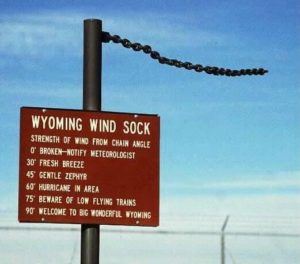 You may be aware the wind blows in Wyoming. The entire atmosphere passes through Wyoming in any 24 hour period. You have seen the Wyoming Wind Gauge? It’s a logging chain hanging from a post. I may exaggerate here, but not much.
You may be aware the wind blows in Wyoming. The entire atmosphere passes through Wyoming in any 24 hour period. You have seen the Wyoming Wind Gauge? It’s a logging chain hanging from a post. I may exaggerate here, but not much.
While blowing, wind carries sand eastward out of the mountains. It also erodes the prairies in eastern Wyoming. The sand ends up in the Western Nebraska Sand Hill country, covering over a quarter of the state. The silt blew farther east, building loess deposits along the rivers.
In the dust bowl years in southeastern Colorado, northeastern New Mexico, southern Kansas, and the Texas and Oklahoma panhandles, the dust storms sent silt as far as Washington D.C. Wind blown stuff is a big deal everywhere. In North Africa, the sandy deserts are getting sandier as the silt is picked up and blows across the Atlantic Ocean, fertilizing the Amazon Basin.
In Denver, a car sitting outside for several days acquires a significant coat of wind blown dirt. A couple of years ago, the dirt was red, meaning it originated in eastern Utah. I notice my sidewalk is lower than the lawn by a couple of inches. How much of it is organic accumulation and how much is eolian silt and sand?
I went for a long time thinking water is responsible for most of erosion. It may be true, but don’t discount the wind, especially in Wyoming.
